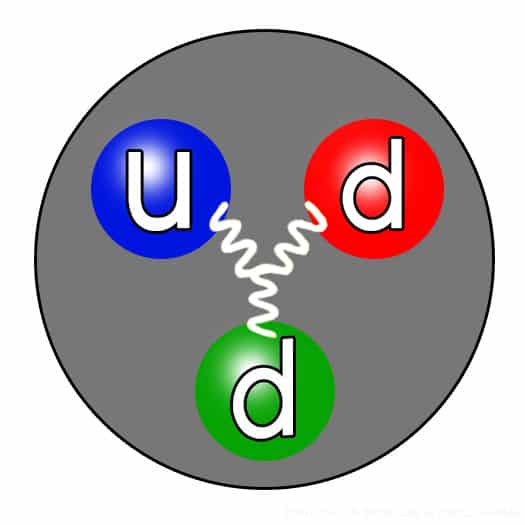I often read in the news about the new and exciting things that will be discovered if we invest big $$$ on new tech, such as a new big smasher 100 m below the surface of the Earth. This can of course be true; we have seen miraculous things being discovered in the field of particle physics, mainly due to the fact that a persistent vision by a group of scientists managed to continuously shed light on the harsh road of discovery.
And then I imagine being a nuclear scientist in the good old times when the only things we knew were the electron and the proton, when the term atomic nucleus was still in its infancy. I unlock and open a door and take a sneaky peak on the view the atomic nucleus offers.
Now, I follow the path of this scientist throughout the 20th century and observe the immense progress in math, quantum physics, technology, energy taking place as the properties of the nucleus are investigated to understand the fundamental aspects of the subatomic world. Progress in science comes hand in hand with the progress in the field of nuclear physics.
Sometime in the 50's or just a little earlier, digging deeper into the nucleus revealed the existence of more mysteries and questions about the nature of things seeking answers. A new clan of scientists, the particle physicists, find their own joyful playground as they discover a caged zoo of elementary particles, rather simple to explain their existence once a concise theory such as the Standard Model gets validated. It takes several decades of hard efforts and a huge load of money to prove the theory right. And it's done successfully! The Higgs has landed, now the old nucleus is not interesting anymore for the expeditioners drinking the bubbly wine made from the grapes of this new world.
In the meantime, the nucleus still remains a friend largely unknown. The delay in advancing the proper technology to probe the real mysteries of nature hidden in the nucler forces has a cost: the exciting nucleus is considered old, traditional, known, even boring to some, who now even feel offended by the labels of their research centers mentioning the words "nuclear" instead of "particle". Champagnes are uncorked to celebrate the discovery of the Higgs, "oh, we have 11σ" voices are celebrating, "why bother with that old nucleus? this is all known!"
The dust from the zoo animals slowly dissipates and a large void shows up. Target has reached, the theory has been confirmed, where is the new theory? What happened to our horizon? What next? Where is SUSY? Please, more money for a new smasher, bigger, better, shinier, let's dig all the way to China or build it around the Moon! Panic? Well...
A day like today, on the 27th of February 1932, James Chadwick announced his discovery of the neutron in Nature. The neutron is a true, "old" hero of the subatomic field, a particle which confirmed the existence of nuclear forces, and the one that gave the real keys to unlock the door of the atom.
It comprises three quarks, but when you consider those to explain neutron's basic properties, even its spin and shape, you hardly get a precise answer. Dark photons may be? Who knows. You return to the nuclear corridors you left behind as you rushed through, and suddenly realize how many important questions still exist, how many theories are looking for confirmation, how many exotic states of matter are produced, how the Universe has formed in the ages passed after the first 3 seconds from the moment of creation.
And then you realize, the old is suddenly the new. And the new is drowned in the darkness together with the big $$$ spent on the way to rebrand a ghostly idea.
(Dedicated to Sir James Chadwick and the generations of fellow nuclear physicists who devoted their scientific lives to study the fundamental problems of our world and make them useful for the humanity)




Comments